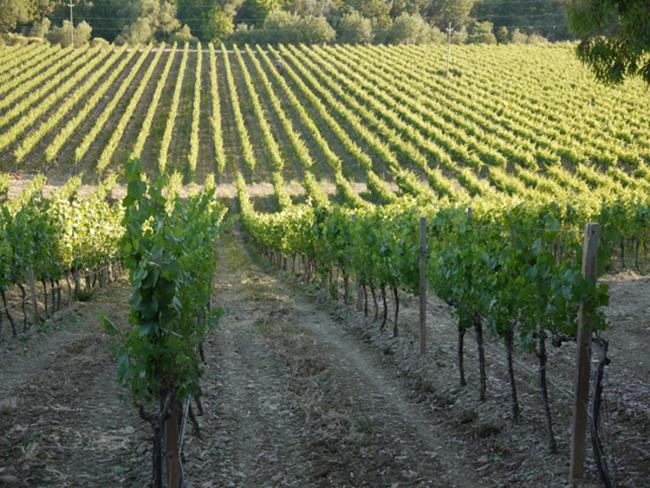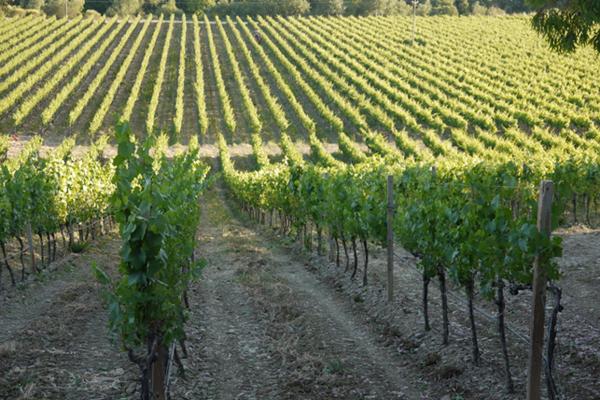Productivity and Sustainability in Vitiviniculture

The general objectives of Operational Group named Vite&Vino is: Reduced Grapewine Production Costs. The aim will be reached by an intensification of sustainabilty of cultural practices in: vineyerd using dedicated Web-GIS and smartphone apps; and in cellar using indigenous strains of vinifying yeasts.
The project activities are: OR1 Setting-up of the Operational Group; OR2 Coordination and Management also after the end of the project; OR3 Realitation of a Geo-Database that can be consult through a WebGIS platform, supply from the data of the partners, daily or hourly meteorological data from the regional (SAL network) agro-meteorological stations, from geo-referred field observations collected by the partners and other operators supplied by specific smartphone and/or tablet application. OR4 Dissemination WebGIS to the partner; OR5 autochthonous yeast strains; OR6 Dissemination to other farmer of Basilicata Region; OR7 Networking (RRN and EIP-AGRI).
OR 3. The activities of this OR address to make a WebGIS platforms dedicated to the viticulture and to the land where the grapevine varieties are cultivated. This platform will report geo-referred data of each single vineyard (based on a single piece of land reported in the real estate registry). The WebGIS will be implementd using open source software and mature technologies already implemented for vineard sustainable management in a bottom-up flow chart. Infact, the user will feed-up the WebGIS platform using specific smartphone and/or tablet application and on the other and can control the output of the system for your own vineyard (ex.: phenological stage, ripening process, water consumption, leaf area index, ...).
OR 4. A census of each vineyard will be taken by means a specific data sheet implemented by a dedicated software on personal computer, smartphone or tablet. Then WebGIS platforms can be udated by the single farmer or by consortium technicians. The fluency and the bottom-up updating process of the WebGIS are pivotal characteristics for the purpose of the project and should be an effective help to face the challenge of climate change on grape and wine production. To reach these result different meeting will be organized with the framer partner of project and different solutions and user intefarces will be submitted to the farmer in order to find the most easy to use. Moreover during the meeting the significance of the other output of the WebGIS will be illustrated to the farmer.
OR. 5. Consists in the study and use of the collection of winemaking strains, previously isolated from samples from the region resulting from various research projects (eg PIF-LIELUC) in order to enhance the characteristics of local production. During this activity at the wine-growing companies, which will request, the selected strains will be made available of "specific ecotype" yeasts of the Basilicata wine-growing areas for the production of the various wines, in order to form starter with native strains, of the areas of production involved. So, at the end of the project, it is expected to make available to local companies a bank of indigenous strains with an oenological vocation, to be used as alternative starter to commercial yeasts. This result can have a strategic relaunch on the wine-making enterprise, as it confirms the link between the territory, the production environment, the finished product and allows to market new and quality products. The availability of an autochthonous yeast collection is an added value for the wine-growing sector, as the wine produced and bottled can be associated with the peculiarities of the territory and this will favor the emergence of new national and foreign markets.
| Titolo/Descrizione | Url | Tipologia |
|---|---|---|
|
Sito del progetto
|
Sito web
|
